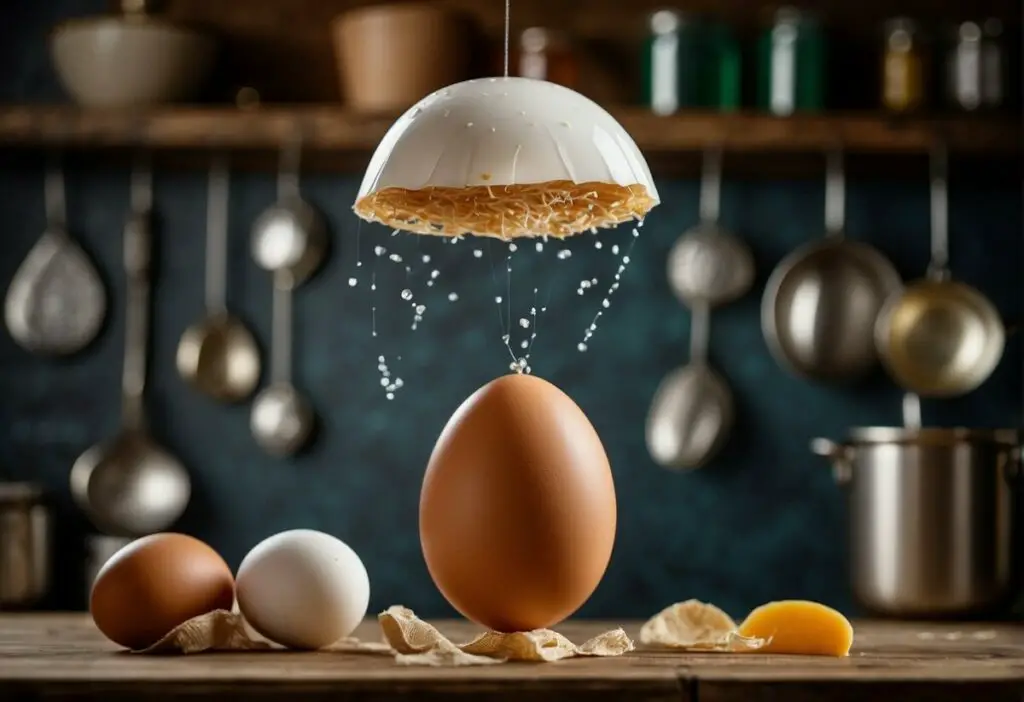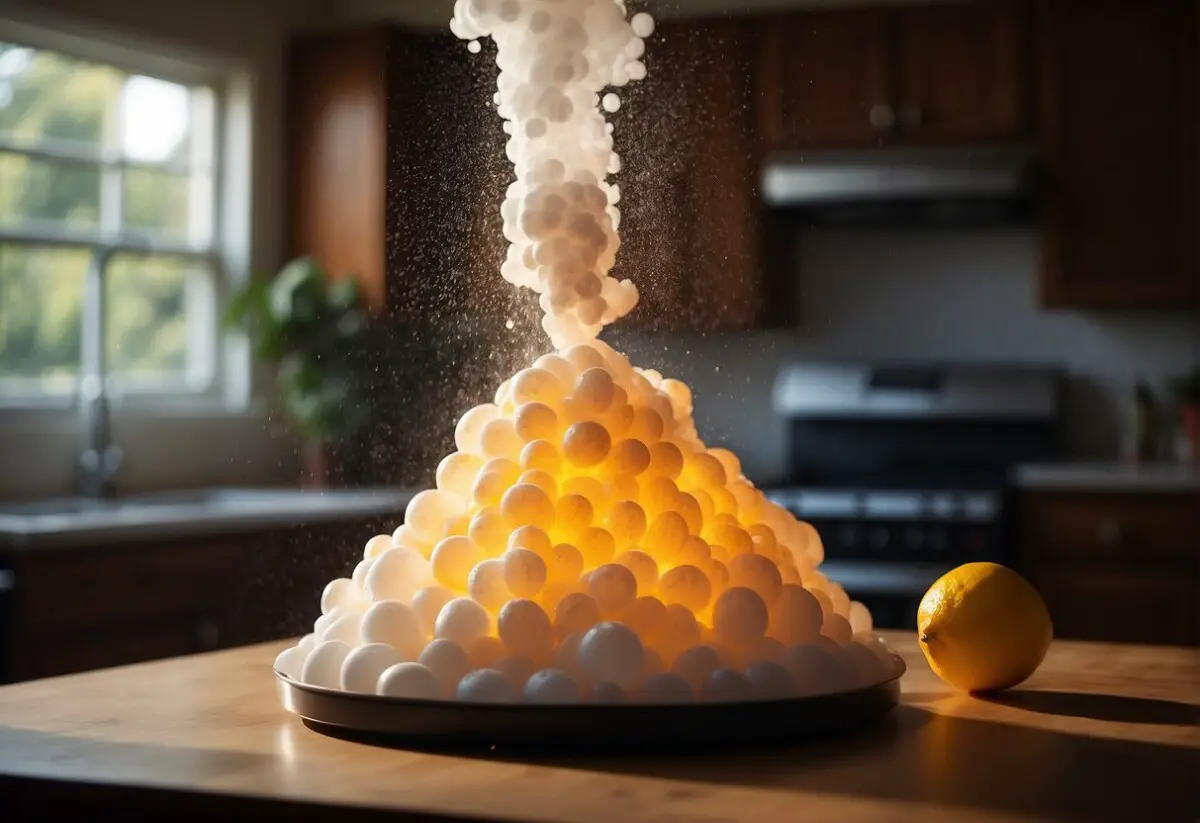Turning your kitchen into a laboratory is a unique and engaging way to explore scientific concepts. With common household ingredients at your disposal, you can perform a variety of experiments that demonstrate fundamental principles of science. Engaging in kitchen science experiments not only enhances your understanding but also provides a hands-on learning experience.
From creating a rubbery egg using vinegar to generating electricity with lemons, kitchen science allows you to witness the wonders of chemistry, physics, and biology right at home.
These experiments are designed to be safe, educational, and entertaining, making them perfect activities for curious minds of all ages. Whether you’re a parent looking to teach your children or a hobbyist seeking to learn more about the science behind everyday substances, these activities offer endless opportunities for discovery.
Incredible Inertia: The Egg Drop Challenge

Experience firsthand the wonders of inertia with the Egg Drop Challenge, an experiment that not only demonstrates a fundamental principle of physics but also provides a thrilling spectacle using simple kitchen items.
What You’ll Need
- 1 egg
- 1 cardboard tube (like a paper towel roll)
- 1 pie pan
- 1 drinking glass
- Water
Instructions
- Fill the drinking glass three-quarters full with water.
- Center the pie pan on top of the glass.
- Place the cardboard tube vertically on the pie pan, over the water.
- Carefully set the egg on top of the cardboard tube.
The Challenge
Strike the edge of the pie pan swiftly with your palm. The goal is to knock the pan away while the egg falls neatly into the glass of water below. This occurs due to inertia—the egg’s resistance to a change in motion. For a detailed visual guide, watch the Egg Drop Inertia Challenge on YouTube.
Why It Works
The egg remains still when you hit the pie pan because of inertia. Objects at rest stay at rest unless acted upon by an external force. In this case, the only significant force acting on the egg after you hit the pan is gravity, pulling it straight down into the water.
Give this experiment a try, and watch the concept of inertia come to life right before your eyes!
Chemical Reactions with Baking Soda: Volcano and More
Baking soda is not just a staple for baking; it’s a versatile ingredient for various exciting science experiments that you can perform at home. Explore chemical reactions that are both educational and entertaining.
Acid-Base Reaction: Homemade Volcano
Creating a homemade volcano is a classic science project that demonstrates an acid-base reaction. By mixing baking soda with vinegar, you initiate a reaction that produces carbon dioxide gas, resulting in an effervescent eruption. Start by filling a container with baking soda, add food coloring for a dramatic effect, and introduce vinegar to witness the iconic volcano burst forth.
Invisible Ink: Lemon Juice Messages
Write secret messages with invisible ink using baking soda. Mix a paste of baking soda and water, and use a cotton swab to write your message on paper. Once the message dries, reveal it by brushing over with lemon juice and holding it close to a heat source. The acidic lemon juice reacts with the baking soda, making your hidden message visible.
Bubbling Balloon Gas
Create a bubbling balloon experiment as a fun way to see gas laws in action. Secure a balloon over the mouth of a bottle or container filled with baking soda. When you add vinegar, the resulting production of carbon dioxide gas inflates the balloon. This practical demonstration shows gas expansion and reaction kinetics.
Conclusion
In conclusion, turning your kitchen into a laboratory offers an exciting journey through scientific exploration. With simple household items, you can witness fundamental principles of physics and chemistry come to life. From the Egg Drop Challenge showcasing inertia to the bubbling excitement of baking soda volcanoes, these experiments engage and educate learners of all ages. So gather your ingredients, embark on these scientific adventures, and let the wonders of science unfold right in the heart of your home!


